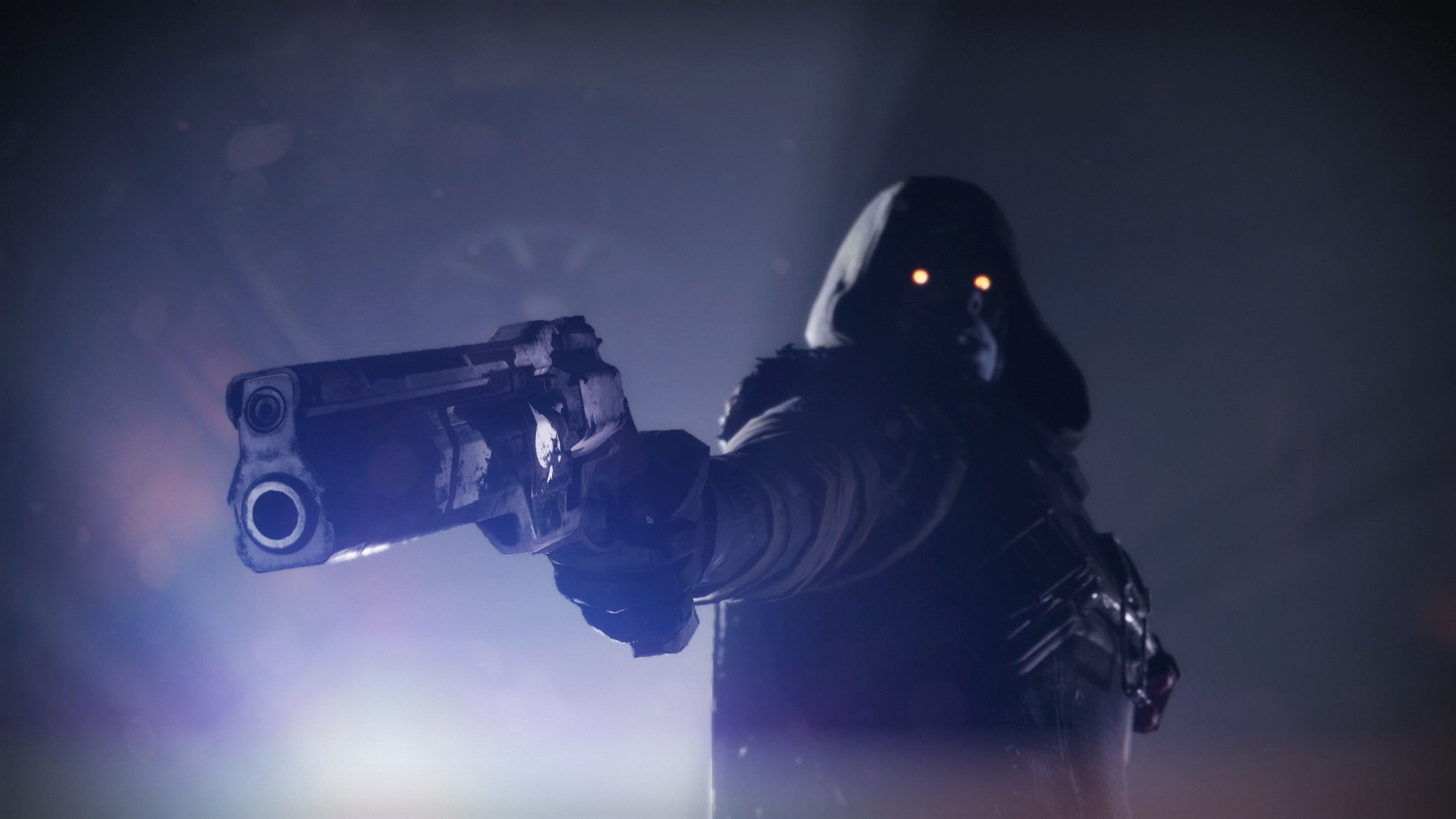“Why you need to get fast”: Steve Cotton from Bungie about the creative process in the company
Today it became known about the separation of Activision and Bungie - and we just had the material with a selection of the principles of Bungie creative director Stephen Cotton in development, postponed until better times, and decided to translate now. For this material, special thanks to our producer Anatoly Shestov , who spoke with Steve in the company's office during PAX West 2018. Let's go.

Before you decide on which major update to get started - look at the trends, talk with partners, listen to your intuition and ask the creative part of the team. For smaller features, connect the command first.
Watch for resources. Engaging in exceptionally interesting tasks for everyone and always will not work. Sometimes you need to help colleagues or work on less interesting and routine tasks. But periodically let the team create new conditions.
For example, during the year, all Bungie employees have a whole week to do anything - someone develops new games, someone makes features for existing ones, someone bakes cookies. And that's fine.
Set a goal (“what” should be achieved, not “how”), choose the right people and give them the resources to achieve it. If the team is hard to understand “how exactly” you need to do something - list the guidelines in more detail. But do it only after they try to figure it out. When time is money, it becomes difficult to balance.

Identify possible problems and leave the rest to the team. Not sure about the result? Then personally test, look at the numbers, simulate the conditions, and then return to your colleagues with iron arguments.
It's all about confidence. One way to achieve it is to discuss their plan with the team. The second is to hear an alternative opinion. The last but sometimes the best way is to delve into yourself.
Do not be afraid to customize the process, if necessary. And also collect leads and put them to work nearby, and not in different departments.

So much you can learn by simply developing and doing something. The best decisions are rarely the first, but this does not mean that the first attempt will necessarily be a bad one. You need to trust your instincts first. The main thing - do not be afraid to fail. And better do it fast.

Before you decide on which major update to get started - look at the trends, talk with partners, listen to your intuition and ask the creative part of the team. For smaller features, connect the command first.
Resources are our all
Watch for resources. Engaging in exceptionally interesting tasks for everyone and always will not work. Sometimes you need to help colleagues or work on less interesting and routine tasks. But periodically let the team create new conditions.
For example, during the year, all Bungie employees have a whole week to do anything - someone develops new games, someone makes features for existing ones, someone bakes cookies. And that's fine.
Where to begin
Set a goal (“what” should be achieved, not “how”), choose the right people and give them the resources to achieve it. If the team is hard to understand “how exactly” you need to do something - list the guidelines in more detail. But do it only after they try to figure it out. When time is money, it becomes difficult to balance.

Do not control
Identify possible problems and leave the rest to the team. Not sure about the result? Then personally test, look at the numbers, simulate the conditions, and then return to your colleagues with iron arguments.
It's all about confidence. One way to achieve it is to discuss their plan with the team. The second is to hear an alternative opinion. The last but sometimes the best way is to delve into yourself.
Do not be afraid to customize the process, if necessary. And also collect leads and put them to work nearby, and not in different departments.
How to prototype
- Prototype not everything, but only that which cannot be evaluated without an interactive prototype. Something can be solved with pictures, something with schemes, something with discussion.
- If necessary, highlight a specialist for UI / UX.
- Do not prototype in different conditions - if you have your own engine - take it. Do you have your own gameplay? Use it. Prototype something for a completely new game? Use what the team considers the best solution.

How to test
- Test the product on the target audience.
- Want to check the progression - collect hardcore players and give them a month to nagrindit.
- Tests can lie. Do not consider them as the main tool.
- Process data. Do not show the team poor results in the original form.
- Data is not the main thing, but it can be very important. The way we interpret them is one of the most important components of game design. And how we filter subjective opinions based on the source. Know your source and your audience.
How to approach the design
- Stick to the rule "that was cool."
- Do not forget about unforeseen situations.
- Use data to debug things, not design.
- Respect the players - do not impose new functions, but make them available for selection.
Feil fast (Fail Fast)
So much you can learn by simply developing and doing something. The best decisions are rarely the first, but this does not mean that the first attempt will necessarily be a bad one. You need to trust your instincts first. The main thing - do not be afraid to fail. And better do it fast.
